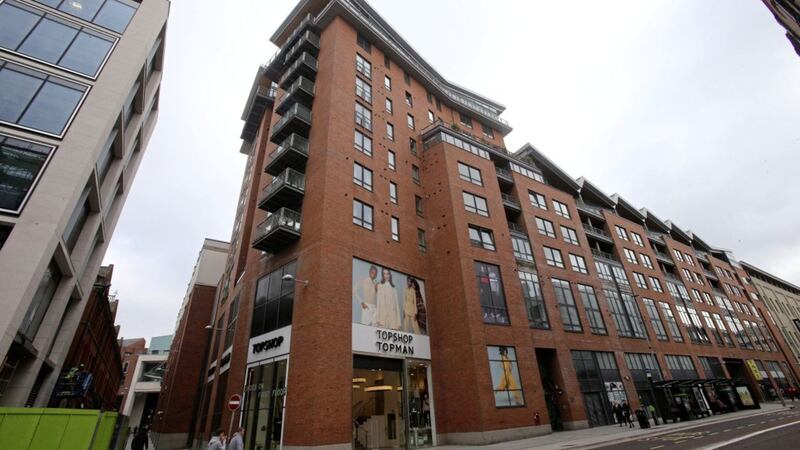AMONG the many crucial debates we have missed out on over the past three years of political limbo has been the future of the private rental market, which now provides more homes in Northern Ireland than the entire social housing sector.
The Irish government began introducing rent control zones in 2017 and is now dealing with unintended consequences.
Some landlords are selling up and others are trying to get around the rules, such as by evicting tenants to perform renovations, a practice termed 'renoviction'.
A parallel debate has arisen in Dublin over approving and regulating large apartment buildings.
In Britain, today's election brought frustration with private renting to a head.
Labour and the Conservatives competed with each other to offer new rights for tenants. There is a heightened awareness across the political spectrum that pricing a whole generation off the property ladder and into the hands of small-time landlords is driving social division and extremism.
All these policy areas are devolved to a Stormont that is not sitting. With one in six assembly members registering rental property, and more no doubt having a family interest, perhaps they could not be trusted with the issue regardless.
But the matter is moving on without them. Last year, planners approved Northern Ireland's first build-to-rent apartment block - a 16-storey, 90-unit tower behind Belfast's St Anne's Cathedral.
Two similar projects are in the works at the site of the former UTV building and in inner east Belfast.
This year, the Belfast Harbour Estate, the only part of Northern Ireland that still works, announced a 200-apartment build-to-rent high-rise near Clarendon Dock.
In a build-to-rent scheme the developer is also the landlord, offering secure long-term tenancies and professional management of the building.
There has been an explosion of such developments in England, increasing by 40 per cent over the past year alone. Councils and planners favour them for delivering investment in new housing, with guaranteed standards and security for tenants.
Councillors and planners in Belfast appear to be equally impressed.
Build-to-rent exposes the haphazard nature of the existing private rental market, where developers build for sale, an unknowable number of buyers intend to rent out and landlords and owner-occupiers must manage the building together.
Currently, most landlords have no interest in increasing the overall housing supply. Unless they buy a new-build property, their 'investment' just pushes up prices for everyone.
The arrival of professional landlord-developers in Northern Ireland promises to change expectations of private renting across the board.
Of course, there are many good individual landlords and many examples of developers falling short of standards.
However, it is easier to regulate large companies and hold them to account. There would probably be unease over build-to-rent housing developments - people still expect houses should be available for owner-occupiers - but for city centre apartment buildings, the model looks ideal.
Even if build-to-rent had not arrived, a reckoning was imminent on the apartment boom.
Private apartments are 10 per cent of Northern Ireland's housing stock and one third of all properties for rent.
Eighty-five per cent were built after 1995, mostly in the decade before the financial crash, so they are now approaching the age when their first major maintenance bills fall due.
Owners trying to arrange this work, or selling up to avoid it, will encounter Northern Ireland's unreformed laws on multi-unit property.
In 2013, the Law Commission gave up trying to untangle the 37 pieces of legislation involved - one of which dates to 1695 - and said Stormont would have to sort it out. Predictably, that did not happen.
Belfast's Library Square provides an extreme example of how badly things can go wrong.
The builders, engineers and 50 owners of the nine-storey building have been locked in legal wrangling for three years over whether faults can be economically repaired.
A similar scenario is playing out at the apartment block attached to the Victoria Square shopping centre, where the 91 owners face repair bills of £50,000 each.
Even if the law was untangled, how often is it wise to split the ownership of high-spec, high-rise urban buildings among scores of ordinary individuals?
People who want to invest in rental property already have a safe, simple, tax-efficient choice of specialist shares and funds, available through banks and ISAs - a choice set to grow as developers move into the market.
It will be to everyone's benefit if this is where things are heading. Just as well it does not seem to need Stormont's assistance.









